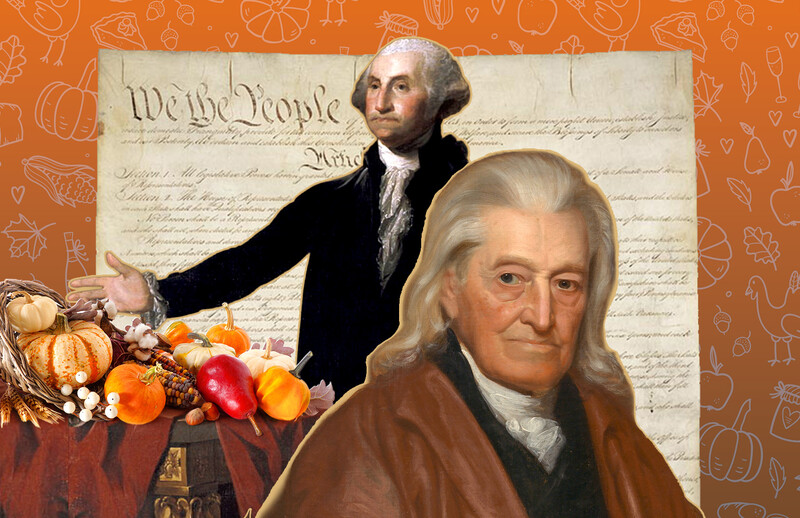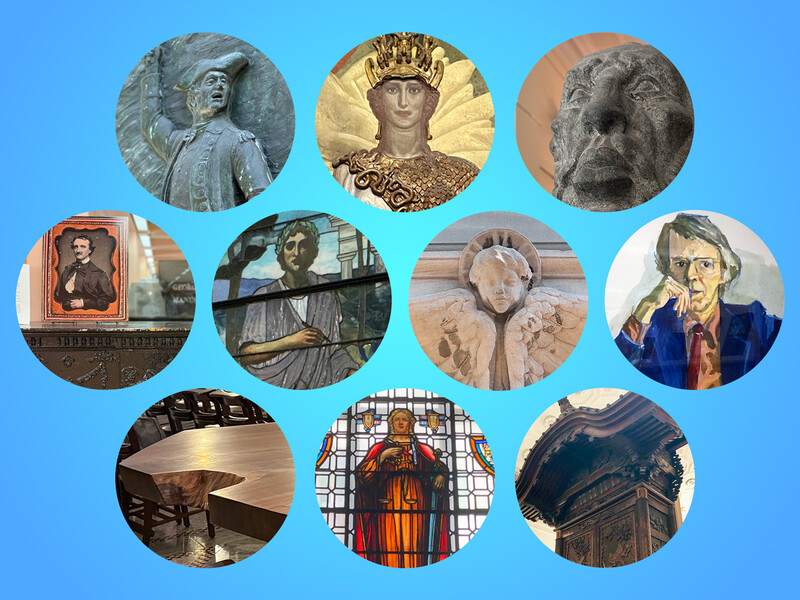Ralph Waldo Emerson called him “the angel of freedom”; Horace Greeley wrote, “Among orators, patriots, statesmen, exiles, he has — living or dead — no superior”; and Senator Chauncey M. Depew of New York compared the public outpouring that greeted the man upon his arrival in America with two other events in his own lifetime: the surrender at Appomattox and the assassination of Lincoln.
Depew, at least, was not exaggerating. Tens of thousands of people were on hand when the steamship Vanderbilt landed at New York Harbor on December 6, 1851, carrying Louis Kossuth, a slender, bearded man of flamboyant majesty and elegance. “Humble as I am,” he addressed the crowd, “God, the Almighty, has selected me to represent the cause of humanity before you.”Mayor Ambrose C. Kingsland hosted a reception in his honor, followed by a parade up Fifth Avenue, where banners compared him with George Washington and Jesus Christ. Soon after, he became only the second non-American — the first was Lafayette — to address a joint session of Congress.
A bronze statue of Kossuth stands at 113th Street and Riverside Drive and can be seen from Istvan Deak’s apartment, which is located on the same corner — an impressive coincidence, given that Deak, Seth Low Professor Emeritus of History at Columbia, authored an acclaimed book on the man. In The Lawful Revolution: Louis Kossuth and the Hungarians, 1848–1849, which won the Lionel Trilling Book Award of Columbia College in 1979, Deak examines the career of the leader of the doomed Hungarian Revolution — what Deak calls “the bloodiest conflict in the Europe of its day.”
Louis (Lajos) Kossuth was born into modest Hungarian nobility in 1802 and entered local politics in 1825 in an atmosphere of growing anti-Hapsburg sentiment. Seven years later he was sent as a representative to the national diet, or assembly, where he wrote reports on diet proceedings, with a strong reformist slant.When the diet session closed in 1836, Kossuth continued disseminating writings that exposed the monarchy’s corruption. In the spring of 1837, he was arrested and charged with sedition. Hungarians were outraged. Kossuth spent three years in prison, where he mastered English by reading Shakespeare. He was released as a national hero.
For the next few years, as journalist and politician, Kossuth agitated against the Austrian crown, demanding constitutional rights and self-government for Hungary, including the freeing of the serfs. On March 15, 1848, Kossuth and a delegation traveled to Vienna with a list of demands for self-rule; at the same time, in the Hungarian capital of Pest, thousands of young people took peacefully to the streets in solidarity. Emperor Ferdinand, worried by other revolutions brewing throughout Europe, gave assent to the petitioners and the first independent Hungarian government was formed, with Kossuth appointed minister of finance. Within months,Vienna began to renege on its concessions. In September, an imperial army entered Hungary. Kossuth was named president of the Committee of National Defense; and in April 1849, after a series of battlefield successes, he issued the Hungarian Declaration of Independence. But the Austrians, aided by Russia, crushed the revolt, and Kossuth was forced into exile, becoming, in Deak’s words, “the world’s most famous refugee.” Thus the stage was set for his popidol reception in America.
“He was a celebrity,” says Deak, a slim, genteel, silver-haired man who emigrated from Hungary in 1948, and whose grandfather had served Kossuth 100 years before. “The American press built him up to be a superhuman figure.” Abolitionists seized on Kossuth’s renown as a liberator of serfs in hopes of advancing their antislavery agenda, while Southern newspapers denounced him as a fraud. “The North,” says Deak, “saw him as the foremost symbol of emancipation.” But Kossuth had no interest in antagonizing Southerners or anyone else: He simply wanted to gain financial, military, and diplomatic support for Hungary. This was a naïve ambition, however, in light of America’s relative powerlessness, and politically, the visit yielded disappointment on all sides.
When Kossuth and his wife left New York for England in July 1852, only a handful of Hungarians saw them off at the pier.
Kossuth was never to return to Hungary in his lifetime. Upon his death in Turin, Italy, in 1894, his body was sent to Budapest and buried in state.
On March 15, 1928, in New York City, some 25,000 people, many of them Hungarian émigrés, congregated at 113th Street and Riverside for the dedication of a monument to Hungary’s most famous son. Scuffles broke out as angry partisans accused delegates of the authoritarian Hungarian government of hypocrisy in exalting Kossuth and his liberal principles. Mayor James Walker gave a speech, as did the mayor of Budapest, Dr. Eugene Sipocz.Wreaths were laid, and guns were fired in salute.
Ever since, an annual ceremony has been held on or around March 15 at the Kossuth monument to honor the day in 1848 when Hungary’s youth revolted without bloodshed against Hapsburg rule. Last year, some 150 people gathered for the traditional wreath-laying by the banks of the city that had once fêted Kossuth as an apostle of liberty. Among the speakers was Istvan Deak, who reflected on the complexities of Kossuth’s brief reign as the wartime ruler of Hungary.
For nearly half a century after that rule, the exiled Kossuth could only gaze, Moses-like, toward the land of his people; but for Deak, the distinguished émigré scholar in New York, the touchstone of Hungary is as close as his own front yard.


